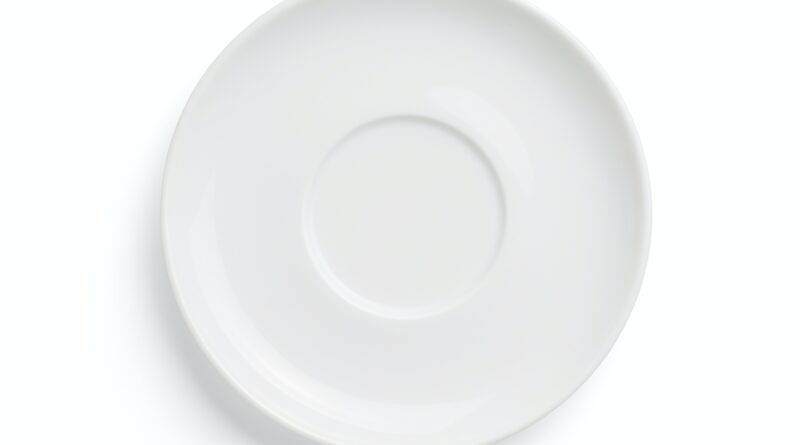皿” (Plate) and “血” (Blood)
Today, I will talk about the derivations of the similar kanji “皿” (which means “plate”) and “血” (which means “blood”).
皿と血
The kanji “皿” comes from a hieroglyphic character that symbolizes “plate”.
今日は、よく似ている漢字の「皿」と「血」の成り立ちを紹介します。
In the kanji “血”, the added shape “ノ” on “皿” means a cup of blood, and “血” expresses a plate that contains blood.
「皿」は、お皿の形をかたどった象形文字です。
In the past in China, it’s said that people devoted human’s (or animal’s) blood poured into a plate to God during festivals.
「血」という漢字において皿の上にある「ノ」は血の塊を意味し、皿に血が入っていることを表しています。
This is the reason why “plate” and “blood” have the similar kanji.
かつて中国では、祭りの際に神へのお供え物として、皿に生贄(動物や人間)の血を入れて捧げていました。




